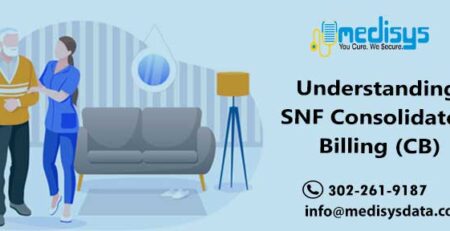An Alternative Payment Model (APM) is a payment approach that gives added incentive payments to provide high-quality and cost-efficient care. In October 2021, the Center for Medicare and Medicaid Innovation (CMMI) announced a goal of having every Medicare beneficiary and the majority of Medicaid beneficiaries covered by some type of alternative payment model (APM) by 2030. CMMI considers APMs to be any arrangements whereby providers are held accountable for the quality and costs of care, not just paid based on the volume of services they deliver.
Many states have been experimenting with Medicaid alternative payment models (APMs) to try to control spending, improve care, and increase accountability within Medicaid and across the health care system. Many states are taking advantage of Medicaid program flexibility and federal financing to implement APMs in a variety of ways. Although many state initiatives are underway, relatively few have been evaluated for their impact on total cost of care of health outcomes. The potential impact of Medicaid alternative payment models on care delivery can depend considerably on how much of a provider’s revenue comes from Medicaid.
Types of Alternative Payment Models
MIPS APMs
MIPS APMs have MIPS eligible clinicians participating in the APM on their CMS-approved participation list. MIPS APMs are APMs that meet following criteria:
- APM entities that participate in the APM under an agreement with CMS;
- APM bases payment incentives on performance (either at the APM entity or eligible clinician level), on cost/utilization, and quality measures.
Advanced APMs
Advanced Alternative Payment Models (APMs) are a track of the Quality Payment Program that offer a 5 percent incentive payment for achieving threshold levels of payments or patients through Advanced APMs. If you achieve these thresholds, you become a Qualifying APM Participant (QP) and you are excluded from the MIPS reporting requirements and payment adjustment. Advanced APMs allow eligible clinicians to become a QP for an opportunity to receive a 5 percent APM incentive payment and to be excluded from MIPS. Advanced APMs are APMs that meet following 3 criteria:
- Requires participants to use certified EHR technology;
- Provides payment for covered professional services based on quality measures comparable to those used in the MIPS quality performance category; and
- Either: (1) is a Medical Home Model expanded under CMS Innovation Center authority OR (2) requires participants to bear a significant financial risk.
Advanced & MIPS APMs
Most Advanced APMs are also MIPS APMs. MIPS Eligible clinicians participating in Advanced APMs are included in MIPS if they do not meet the threshold for payments or patients sufficient to become a Qualifying APM Participant (QP). The MIPS eligible clinician will be scored under MIPS according to the APM scoring standard.
All-Payer Advanced Alternative Payment Models
During the 2022 QP Performance Period, eligible clinicians will be able to become Qualifying Alternative Payment Model Participant (QPs) through the All-Payer Combination Option. In order to do so, a clinician must be in a Medicare Advanced APM. A clinician can also combine their participation with an Other-Payer Advanced APM. Eligible clinicians who are determined to be QPs will receive a 5 percent APM incentive payment in the payment year and will not be subject to the MIPS reporting requirements or payment adjustments.
Incentives for Medicaid clinicians who also treat Medicare patients
MACRA established the QPP, which offers financial incentives for Medicare Part B providers to participate in risk-bearing APM arrangements. Under MACRA, qualifying APM participants (QPs) who earn a minimum percentage of their payments through advanced alternative payment models or see a minimum percentage of patients through advanced APMs are exempted from merit-based incentive payment system (MIPS) reporting requirements and can earn a five percent Medicare payment bonus from 2019-2024. Beginning in 2026, QPs will receive a higher annual Medicare fee schedule adjustment than non-QPs. In addition, eligible clinicians who participate in certain APMs but don’t meet the QP requirements may still receive more favorable scoring under MIPS.
We shared basics of Alternative Payment Models (APMs) for reference purpose only, for detailed understanding you visit CMS website mentioned below. Medisys Data Solutions is a leading medical billing company providing billing and coding services for various medical billing specialities. If you need any assistance in medical billing for your practice, contact us at info@medisysdata.com/ 302-261-9187
Reference: Medicaid alternative payment models












